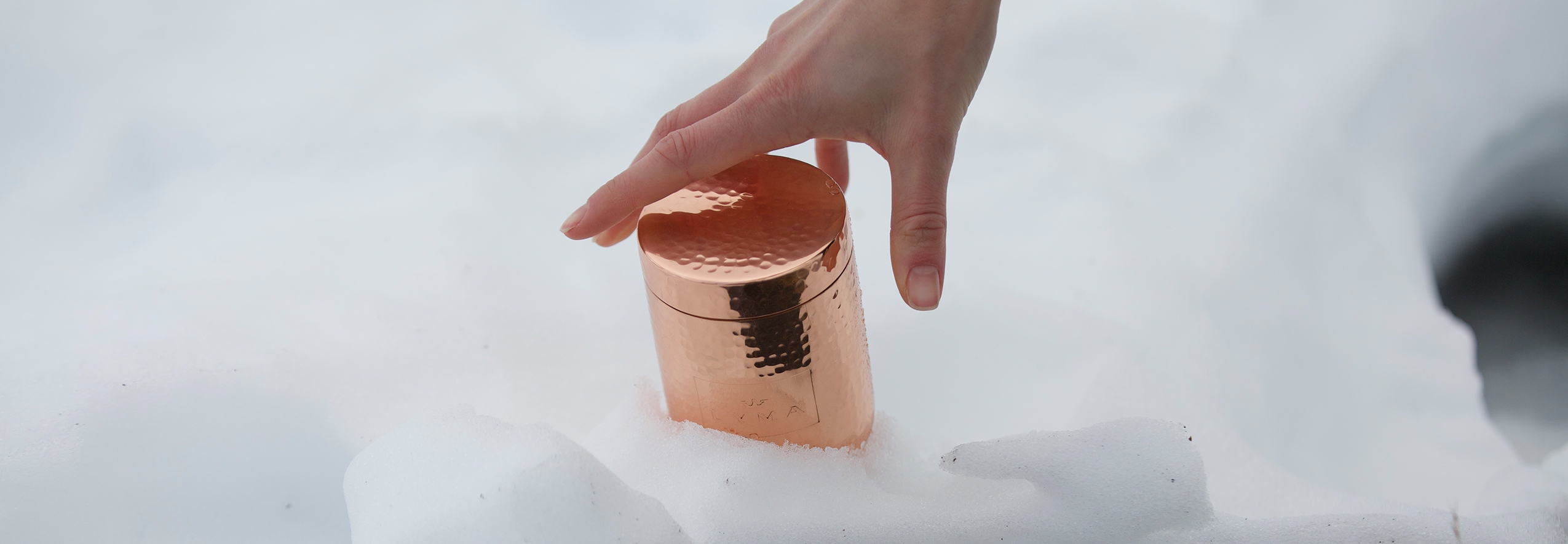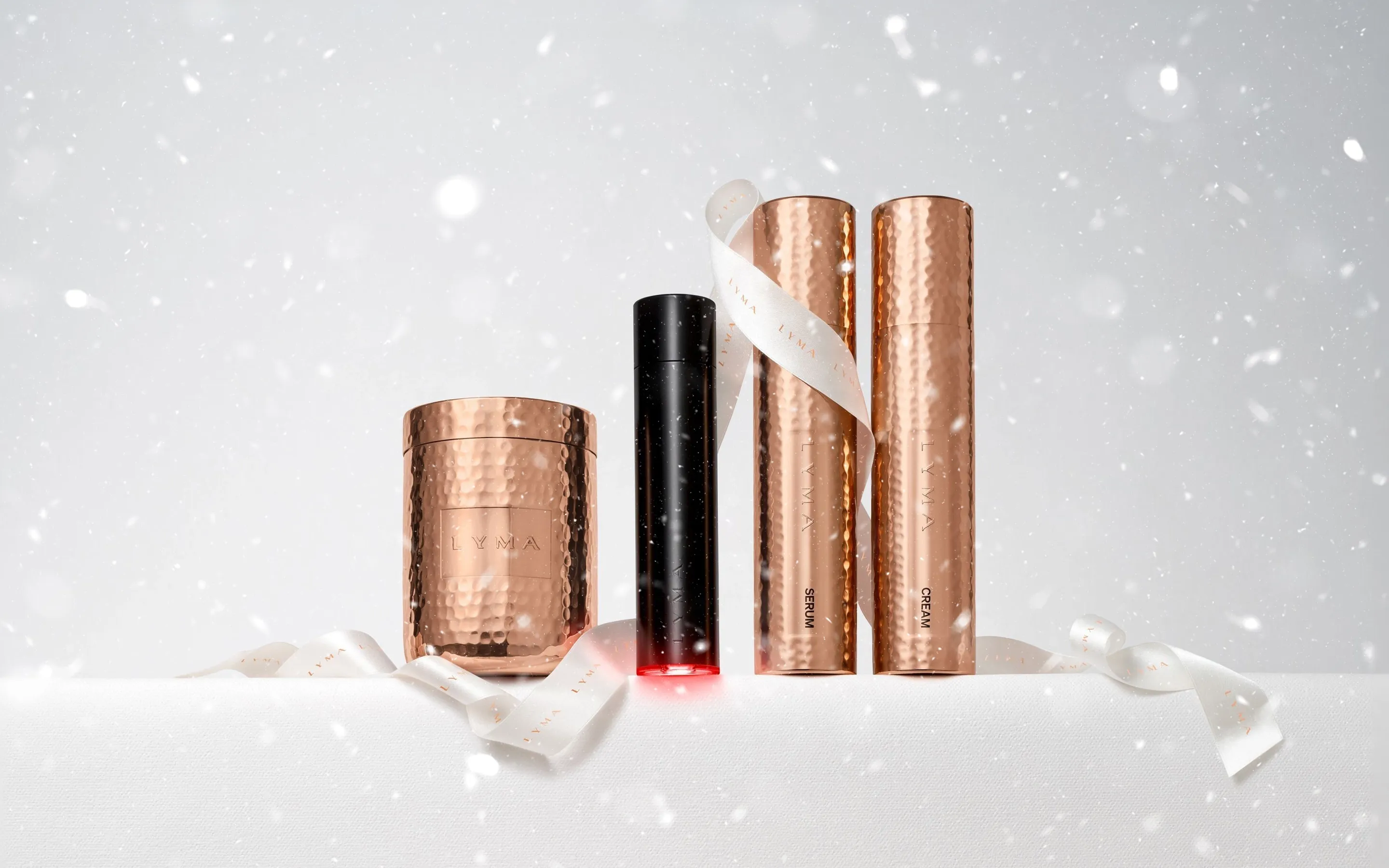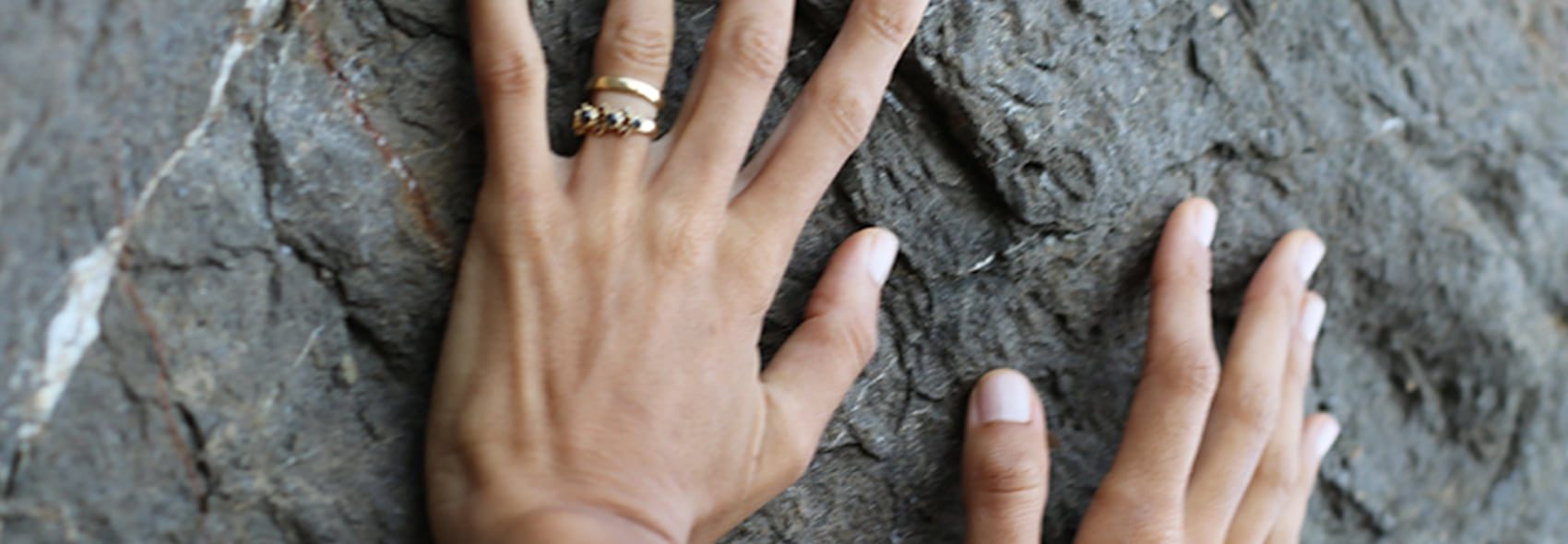The quest
for better.
Sign up to our mailing list to discover the future of beauty and wellness.
9 Minute ReadEducation by Jessica Lacey
09.12.21 (Updated 25.01.24)
It's colder, it's darker, and your skin might be feeling the pinch. Jessica Lacey talks to the experts about how to preserve your body's largest organ as the year comes to a close.
Although hardly surprising to experience dry skin in winter, can a few degrees’ drop in temperature genuinely change the behaviour of our skin? The answer is a hard yes. “When it comes to winter and how it affects our skin, it’s very little to do with skin tone and everything to do with skin type,” says Dr Rabia Malik, Cosmetic Doctor and Aesthetic Medicine specialist.
“Seasonal changes directly affect our rate of sebum production, so in winter dry skin gets dryer and oily skin tends to be less oily.” With medical qualifications from Guys, St Thomas’s, Kings College and a stint in dermatology at John Hopkins in the USA, Malik knows what she is talking about. At the Harrods Wellness Clinic, her waiting room is a veritable ‘who’s who’ of the London elite queuing up for her advice.
Medical studies have delved into what most influences our dermis, and we now know that our genes control only 25% of the aging process, leaving the remaining 75% decided by our lifestyle and environment, technically referred to as our ‘exposome’. Seven exposome factors have been identified as dictating our skin age - solar radiation, pollution, tobacco, temperature, nutrition, stress and lack of sleep, (Krutmann et al., 2017). So it’s unequivocally what’s on the outside that counts.
“External exposure contributes to such a large proportion of skin aging, that I tell my patients even if they feel they've been dealt some bad genes, they can work on their environmental skin health and still get great skin,” says Dr Malik.
What goes on in the lower layers of skin cells - 25% of the aging process - carries on as status quo because the lower levels of skin are dictated by internal health and genetic makeup. However external environmental factors - the other 75% of the aging process - can disrupt the surface skin barrier, and in the case of cold winds and sub-zero temperatures which draw moisture out of the air, dehydrate the superficial layers of the skin. This is why so of us experience dry, itchy skin in winter.

This marked increase in transepidermal water loss isn’t just reserved for arctic conditions though. Central heating also removes moisture from the air, further dehydrating and drying out skin. Then the final chapter to this skin story is sensitivity, because when its protective mantle is compromised, skin is left exposed, unstable and far more prone to inflammation and flare-ups.
An ingredient like Cynatine® HNS is perfectly designed for fragile winter skin. Delivering a potent shot of natural keratin peptides, it can reinforce the skin barrier and optimise cellular function for both increased protection and repair. An all-round winter skin saviour if there ever was one, and you can find 500mg of it in each capsule of LYMA’s gold standard Supplement.

Glycolic acid is an exemplary exfoliant but all that flaking makes for highly fragile skin. Lactic acid is a far better winter option as its large molecular structure penetrates much more slowly and tends to be more hydrating, less drying and much gentler to skin.
Retinoids can be both drying and irritating in winter, so limit them to twice a week.
LYMA Skincare not only treats the root causes of skin aging by diverting the gene expression behind wrinkles and sagging but also significantly supports skin health. When temperatures plummet and skin becomes more sensitive, the LYMA Serum provides unrivalled defence through the patented and hydrolyzed from of Hyaluronic Acid, PrimalHyal™ 50. This bio-engineered form of HA has a low molecular weight, allowing it to sink deeper into the skin and sustain high levels of hydration for longer. LYMA Skincare also contains Wellmune® Blend (1-3, 1-6 beta glucans) which is 20 times more hydrating than generic hyaluronic acid.

Extreme fluctuations in temperature can also trigger changes in circulation and the microvascular system. Moving between the hot and cold causes blood vessels to dilate and then contract rapidly, which is what gives people that flushed look. Ski season is an extreme example of this: slaloming from extreme mountain blasts into toasty après skin bars makes for inflamed cheeks.
“My patients who ski will often end up with tiny broken capillaries on their faces because they're out in the freezing cold of the elements, then stepping into very warm environments. I encourage them to wear balaclavas to have some sort of protective covering over their skin from the sudden temperature changes,“ says Dr Malik. Admittedly a tad ‘bank heist’, you can make it chic with the Extreme Cashmere No.78 Popies Stretch-cashmere Balaclava.
Winter skin is not all doom and gloom though: in many cases the cold winter air can boost your skin's appearance. “Clients with very oily skin types actually find that their skin gets better in winter," says Dr Malik, "and they can manage breakouts and congestion far easier than in summer."
And what about pores? Can a brisk walk in the fresh winter air sort those?
“To a point. You cannot change the size of your pores but you can change their appearance. Anatomically, the pore is the opening of a sebaceous gland which contains a very small muscle. Cold temperatures cause the contraction of this muscle, making the pore appear smaller and skin smoother. Conversely, pores will often look larger in warmer weather because heat causes dilation of those tiny muscles and pores more noticeable.”

Darker winter months are optimal for courses of laser skin rejuvenation or chemical peels because there’s less UV exposure, so less chance of post-inflammatory hyperpigmentation. Also, you naturally stay indoors for more hours of the day, making hiding a more viable option. However, you still need to take care of your skin and keep in mind all the other factors. “When I'm doing deep peel treatments, I'll tell people to drink more water, take a supplement to support their internal health and maintain hydration internally. Essential fatty acids in your diet are key to avoiding dry, thin, fragile skin. You can do all these treatments and get great results but you still need to understand how to best support your skin,” explains Dr Malik.
However, when it comes to skin lasers, there’s now a new approach that doesn’t require downtime, sunlight dodging or attacking skin in any way. Unlike traditional clinic lasers that cause trauma to the skin to trigger the skin’s collagen synthesising repair response, the LYMA Laser delivers energy deep into the lower skin layers instead. Operating at the exact level to create photobiomodulation, the LYMA Laser triggers a process whereby aging cells are reignited to operate with the vigour of young ones. It’s an ideal treatment for every skin type, no matter how sensitive.
Using the LYMA Laser with the LYMA Oxygen Mist and Glide skincare delivers the highest level of active stabilised oxygen (ASO) deep into the lower cellular layers, encouraging microcirculation and reintroducing vitality to skin. The combination of powerful laser light and ASO boosts hydration levels whilst fortifying skin's vital barrier to hold it there. Skin looks brighter, plumper and is more resilient to the outside world.

Don't neglect your hands. The skin on the backs of the hands contains fewer cellular layers than on the face, making it thinner and more fragile. The cold winter months are the optimum time to up your skincare routine on your face as well as introducing it to your hands. Smoothing the LYMA Laser and Oxygen Mist and Glide on the backs of hands before using the Laser, will be of vast benefit to such delicate skin, hydrating and strengthening it. Not forgetting that cashmere, faux-fur trimmed gloves are always a good idea.

So, when temperatures start to dip and those icy winds build, should we be switching over to a whole new winter skincare routine?
“Absolutely not. I don’t believe in buying specific skincare products for winter,” insists Dr Malik. “People who have the best skin and who get the best results from treatments and products, are those who are consistent. If you’ve got a good routine that suits your skin and your lifestyle, you’ll have good skin.”

Your winter wardrobe can cause dry skin.
For some people, it’s those winter layers and heavy woollen knits that cause skin irritation and flare-ups. Wool is the number one aggravator for skin conditions like eczema. Instead choose light layers of 100% cotton or 100% silk and if you do wear wool, choose pure cashmere over wool blends.
The worst sunburn happens in winter.
Extreme sun damage often happens during winter months when you're not expecting it. Cloudless winter days, and frost or snow reflecting the sunlight back up at your face, make high factor SPF a year-round must-have.
Hearty winter dishes cause breakouts.
Our typical warming winter menu is more carbohydrate rich, which heavily affects insulin production. Insulin spikes from heavy, stodgy foods like pies, potatoes or rich puddings tamper with our hormonal balance, which in turn increases the frequency of breakouts.
Air pollution is more toxic in winter.
We often think of hot summer city smog but in fact, cold air is denser and moves slower. This means carbon particles in the atmosphere stay in place for longer, meaning pollution exposure is increased in colder weather. This is where your powerhouse antioxidants come into play, so keep using what you’ve relied on all summer.